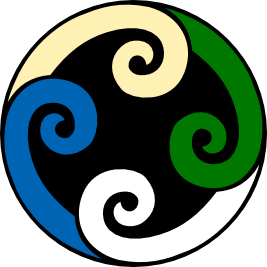10M1 Science
Section outline
-

"Whāia te iti kahurangi ki te tūohu koe me he maunga teitei"
"Seek the treasure you value most dearly, if you bow your head, let it be to a lofty mountain"
Kia ora, and welcome to your Pūtaiao (science) course page for 2021. My name is Ms. Katafono and I will be your Science teacher this year. This page is where you will find all the information you will require for your Science course. All tasks and assessments will be placed here as well as additional lesson notes and resources. Please make it a habit to check this page at the start of each week to ensure you are up to date.
Your kaiako here in the Mountains whānau hope that your last year at MHJC will be full of fun and challenging activities that will see you grow as a learner. Enjoy this year and if there are any queries do come and see me or feel free to email me - mkatafono@mhjc.school.nz
-
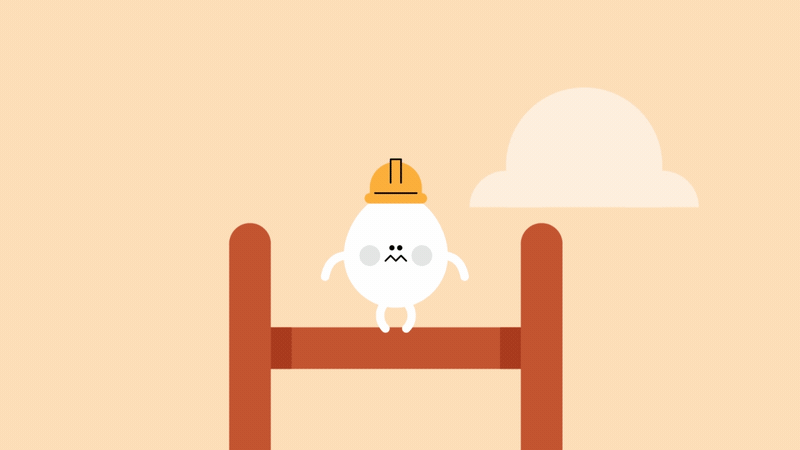
Last week, we briefly went through what forces were. On Thursday, you did the egg drop challenge where you got into your groups and designed a contraption that would keep your egg safe as it was thrown down from the top of the stairs down to the bottom floor.
As we are currently in lockdown until (hopefully) Thursday, I'd like you complete the egg drop worksheet on google classroom - found here.
I've also attached a nice summary of what motion is, with a cool episode from Bill NYE the science guy. If you finish the egg drop activity, then you may watch the video and do the worksheet that I've placed with it. Link is here
Sweet, that's all for this week. If you have any questions , feel free to email me :)
Most importantly, stay safe, and look after yourselves this week.
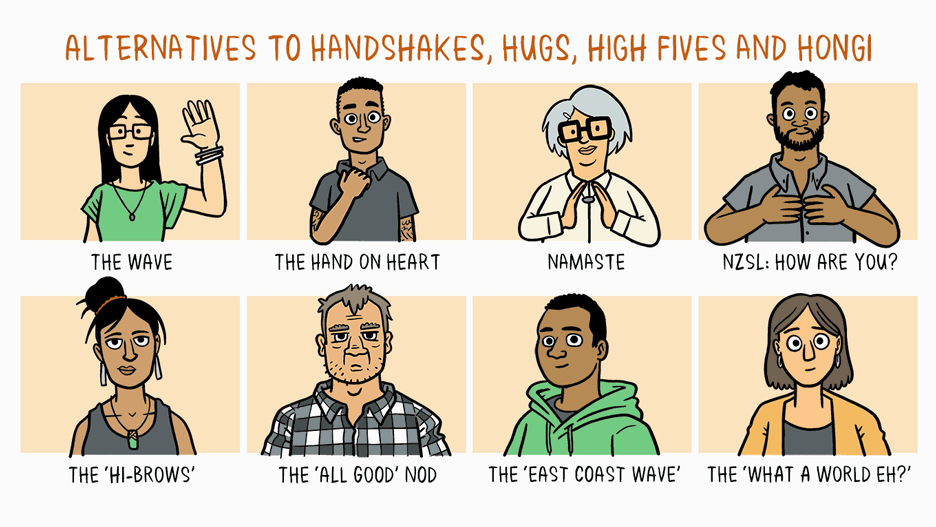
Arohanui,
Ms Katafono
EXPLORE / TŪHURA learning intentions:
10M1SCI21- We are EXPLORING design planning and collaborating by constructing an egg drop apparatus
- We are EXPLORING how our designs address our brief, and testing our hypotheses through experimenting and observing what works and doesn't work
- We are EXPLORING the relationships between force and momentum
-
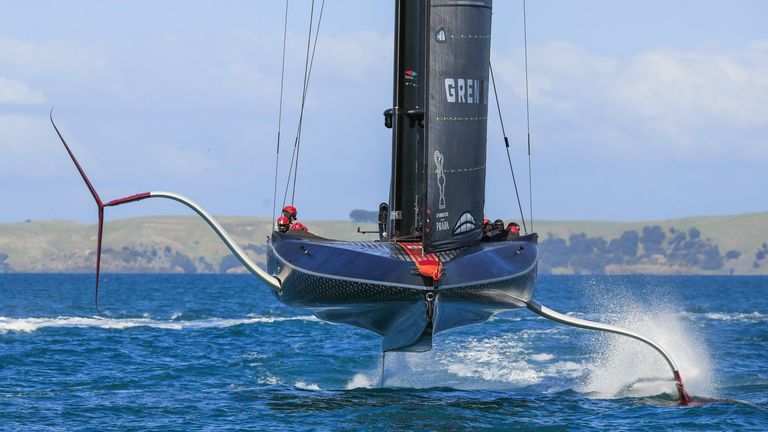
The Science behind the Sails
Our context this term is the Prada Cup Sailing competition that is taking place here in Auckland.
Within Pūtaiao ( science ), we will be focusing on forces and motion. Last week we looked at what forces were and examples of the different types of forces.Success Criteria: By the end of this week you will be able to:
- Learn how various
factors determine the force of buoyancy
Activities:
- In-class explanation through presentation and notes
- Experiment/activity worksheets
- Working document on google classroom. Link here
EXPLORE / TŪHURA learning intentions:
10M1SCI21- We are EXPLORING by experiment how various factors determine the force of buoyancy
- Learn how various
factors determine the force of buoyancy
-

Kia Ora 10M1. We're back in lockdown for a week, so the first thing I want to say is stay safe, and look after yourself and your mental health.
In terms of school work have a look at your timetable and try to follow that during the day so you're still in a sort of routine.
1. ) This week I'd like you to finish the Ed. perfect 'forces' work I assigned last week
2. ) I've posted up a 'knowledge book' on Gclassroom with instructions on which pages to do each day. Link here
3. ) Googlemeet on Thursday 10am (quick check-in ) link here
Sweet, any questions just email me :)
Success Criteria: I can
- explain how different densities of liquids relate to buoyancy and how this is linked to boats
Activities:
- Google classroom link above
- Ed. perfect link above
Homework:
powerpoint slides provided via Gclassroom for you to catch up on notes if you were away and revise learningEXPLORE / TŪHURA learning intentions:
10M1SCI21- We are EXPLORING Sailing by investigating how different densities of liquids affects buoyancy
- We are EXPLORING the different forces that act on different objects including boats in the water
-

Kia Ora 10M1,
This week we will be looking at friction. In particular - how this is applicable in sailing.
Success Criteria: I can
- Explain what friction force is and give examples of these on a boat.
- Understand that some friction forces are useful and some are not.
Activities:
- Experiment on friction ( in class)
- Activities on Googclassroom
Homework:
Education perfect 'Friction'EXPLORE / TŪHURA learning intentions:
10M1SCI21- We are EXPLORING how friction acts on different parts of boats
- We are EXPLORING how fast an object moves depending on the amount of friction acting on it
-
Kia Ora 10M1
Success Criteria: I can
- Understand the difference between mass and weight
- Use the F=ma formula to calculate how much force is acting on an object
Activities:
- Whakamātau (experiment) in class
- Googleclassroom - experiment write up and graph
Homework:
Complete Ed. perfect assigned workEXPLORE / TŪHURA learning intentions:
10M1SCI21- We are EXPLORING the difference between mass and gravity and how this affects boats.
- We are EXPLORING how to calculate forces by using the F=ma formula
-
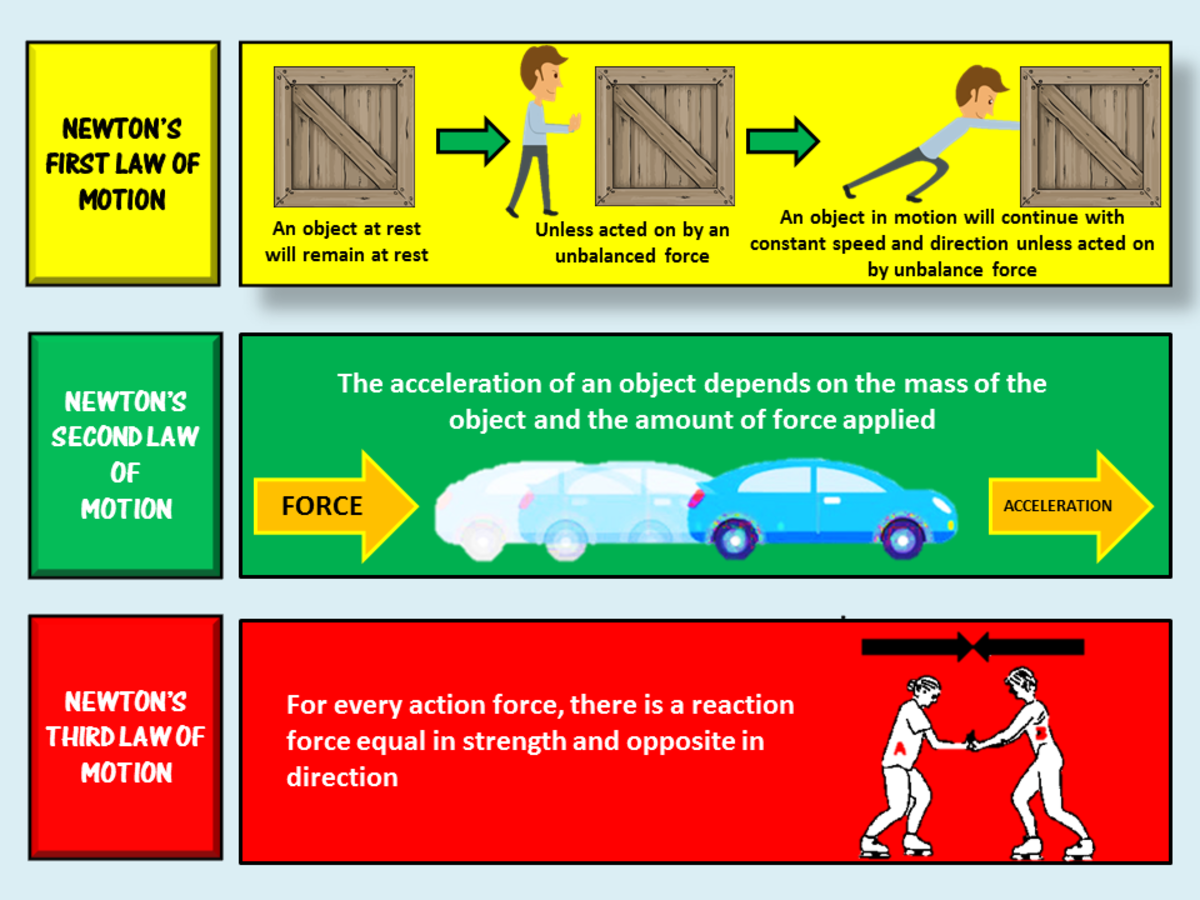
Kia ora 10M1 , this week we are looking at Newton's 3 Laws
Success Criteria: I can
- Describe the Newton's 3 laws of motion and identify these occurring on sailboats
Activities:
- Experiments in lab
Homework:
Education perfectFOCUS / ARONGA learning intentions:
- We are FOCUSING on identifying Newton's Laws and applying this to our context of sailing
-

Kia Ora 10M1,
This week we will be looking at velocity, distance-time graphs and how to calculate these.
Success Criteria: I can
- define velocity
- Understand how to calculate these using the d=vt formula
- and using my calculations to plot these on the graphs
Activities:
- Experiments in class
FOCUS / ARONGA learning intentions:
- We are FOCUSING on speed calculations and using these to accurately plot distance-time graphs
-

Kia Ora 10M1, This week we will looking at your assessment and familiarising yourselves with the SPHERO that you will be using in both your Maths and Science assessment.
Success Criteria: I can
- apply my understanding of forces and motion within the sailing context to explain the movement of my SPHERO and design a contraption for it that will reduce its resistance in water
- problem solve and calculate speed of objects when time and distance are given to me
Activities:
- Assessment , experiment practice with SPHERO
PLAN & DO / WHAKAMAHI learning intentions:
- We are PLANNING to use a SPHERO to demonstrate our understanding or forces and motion by creating a 'wetsuit' to help reduce its resistance in water.
-

Kia Ora 10M1,
It's the last week of term (yay!)
This week your assessments are due. We will be using class time to test your SPHEROS designs in the water and get your data for your results section.
Success Criteria: I can/have...
- Apply my understanding of forces and motion to my SPHEROS assessment and explain the relevant concepts to this.
Activities:
- Test design on SPHEROS ( experiment )
REFLECT / WHAIWHAKAARO learning intentions:
- We are REFLECTING on our understanding of forces and motion by assessing our designs on the SPHEROS and applying our learning to this.
-

Kia ora and welcome back 10M1. Hope you had a great 2 weeks holiday.
This week we are finishing off assessments.
Success Criteria: I can/have...
- Apply my understanding of forces and motion to my SPHEROS assessment and explain the relevant concepts to this.
Activities:
- Test design on SPHEROS ( experiment )
REFLECT / WHAIWHAKAARO learning intentions:
- We are REFLECTING on our understanding of forces and motion by assessing our designs on the SPHEROS and applying our learning to this
-
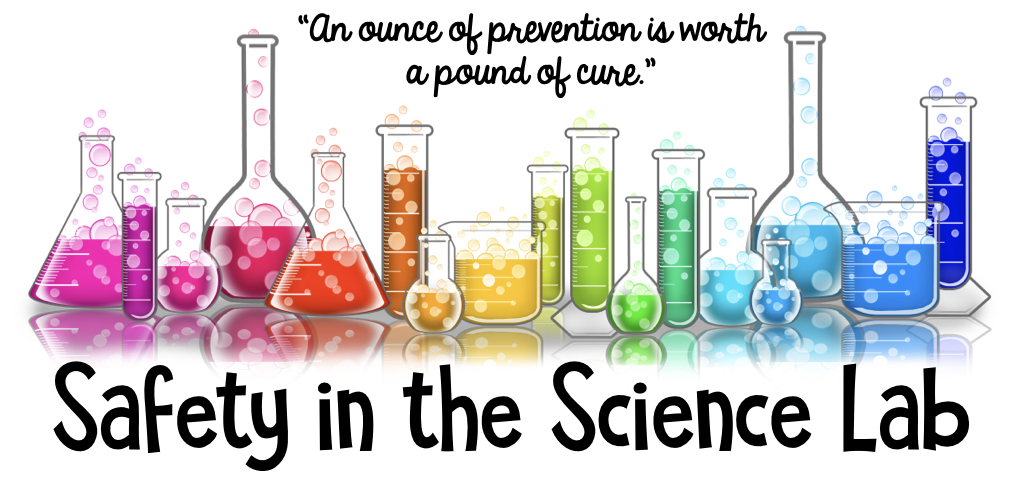
Kia Ora 10M1, This week we will be starting our new topic Chemistry, which will be done through the context of 'Disasters in Society'.
You will start off by refreshing your memory on lab safety rules ( bunsen burner and chemical use in particular ) and lab equipment and use.
Success Criteria: I can
- Learn safety rules for working with chemicals and participating in a safe manner when carrying out lab procedures.
- Complete the safety and equipment quiz with teacher satisfaction
Activities:
- Lab equipment rotation station ( identify equipment, set this up and how to use)
-

Kia Ora,
This week we are looking at states of matter.
EXPLORE / TŪHURA learning intentions:
- We are EXPLORING what matter is
- We are EXPLORING the definition of matter and how they behave
- We are EXPLORING how matter can change states.
Success Criteria: I can/have...
• Describe what is ‘matter’
•Define the 3 states of matter and how they behave
•How matter can change states
-

Kia Ora 10M1.
This week we will be looking at the periodic table- and why elements are in the groups/periods that they are in.
We will also look at mixtures, compounds and elements and the difference between these.
EXPLORE / TŪHURA learning intentions:
- We are EXPLORING why elements are grouped the way they are in the periodic table.
- We are EXPLORING the difference between an element, compound and mixture.
Kia ora...
Success Criteria: I can/have...
- understand the difference between an element, compound and mixture
- Explain why the elements in the periodic table are grouped the way they are.
Activities:
- Experiment with some elements and how they react
- Googleclassroom activity
-

Kia Ora koutou,
This week we will be looking at atomic structure and the periodic table together.
EXPLORE / TŪHURA learning intentions:
- We are EXPLORING why elements are grouped the way they are in the periodic table.
- We are EXPLORING the atomic structure and gain a better understanding of element groupings in the periodic table.
- We are EXPLORING disasters in society by researching major events and applying our understanding of chemicals to this
Success Criteria: I can/have...
- understand why elements are grouped the way they are in the periodic table
- Label key parts of the atom
Activities:
- Atomic structure experiment
- Periodic table poster assignment
Homework:
Brainpop quiz and video -
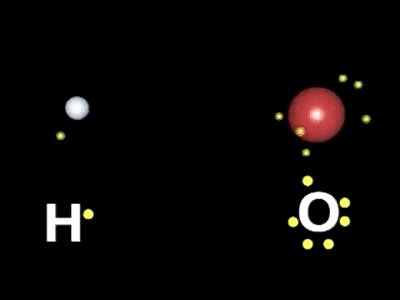
Kia Ora 10M1,
This week is a short week so we will be looking at valence electrons and introduce you to ions. I will also be putting articles up on googleclassroom of chemical disasters in society to link our topic to the context.
FOCUS / ARONGA learning intentions:
- We are FOCUSING on chemical disasters in society and relating this to our learning in chemistry
Kia ora...
Success Criteria: I can
- understand what valence electrons are and how these are linked to the periodic table
- explain electron configurations and patterns in the periodic table and how these relate to ions.
Activities:
- Google classroom
- Experiment
Homework:
Education perfect -

Kia Ora 10M1
This week we'll look at physical and chemical reactions and learning to identify when a chemical reaction takes place.
EXPLORE / TŪHURA learning intentions:
- We are EXPLORING the differences between physical and chemical changes by experimenting
- We are EXPLORING what chemical reactions look like by observing these changes in our experiments
- We are EXPLORING disasters in society by researching major events and applying our understanding of chemicals to this
Success Criteria: I can/have...
- distinguish between physical and chemical changes
- define a chemical reaction and give examples
- know when a chemical reaction has taken place
Activities:
- Chemical reaction observation experiment
- Physical vs chemical reactions experiment
Homework:
Education perfect: Atomic structure, Electron configuration and Periodic table -
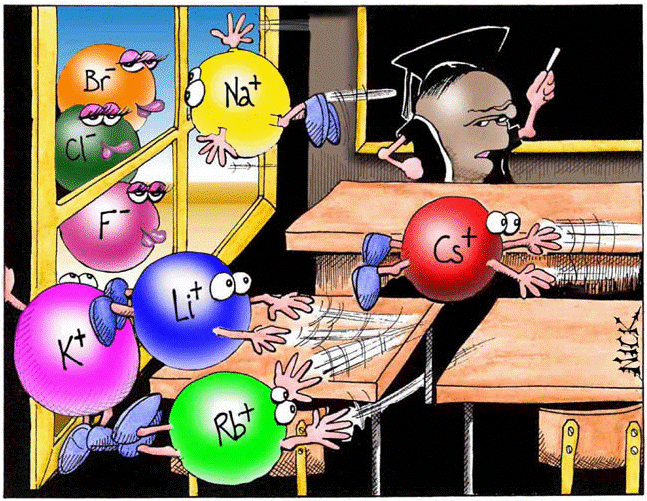
Noa'ia 'e mauri 10M1 ,
This week we will be looking at ions and the Ionic formulae. Please make sure you have completed all set education perfect tasks in the last few weeks as this will help you in understanding this weeks concepts better.
FOCUS / ARONGA learning intentions:
- We are FOCUSING on how ions are created to explain how chemical disasters in society occur
- We are FOCUSING on chemical disasters in society and relating this to our learning in chemistry
Success Criteria: I can/have...
- understand what an ion is, the different types there are and how these form
- Explain how the periodic table and configurations are relevant to ions
Activities:
- Ionic structure puzzle activity
- Making compounds experiment
Homework:
Make sure you are up to date and have completed the following tasks on ed.perfect:- Atomic structure
- Periodic tables
-Electron configurations
- Chemical reactions
-
Rangahau ( research project)
Kia Ora 10M1 for the last 2 weeks of term you will be creating a digital poster on an element.
Instructions for this are on googleclassroom . An example of a poster is provided below. You will need to include information on the hazards/issues of your element in real life.
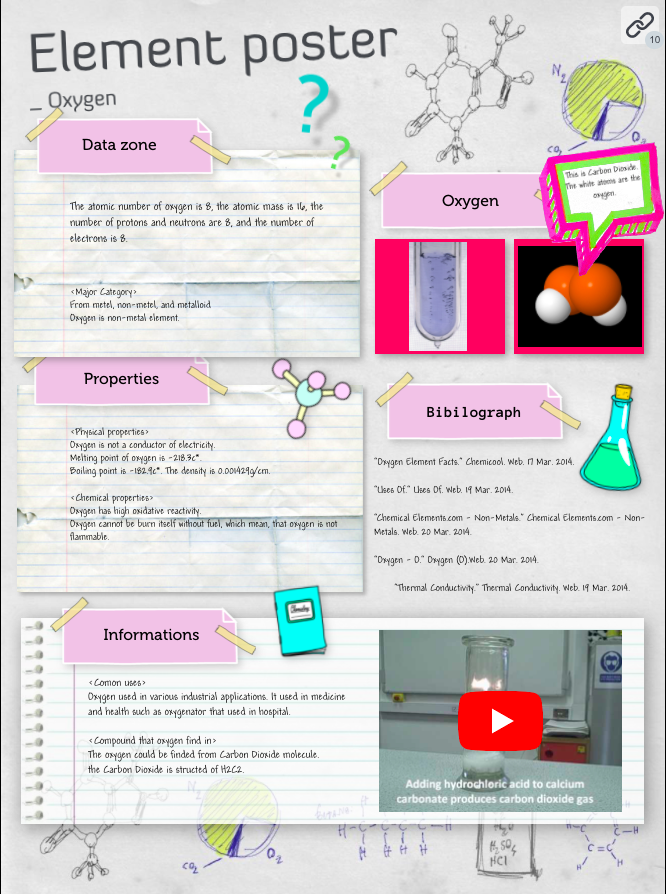
PLAN & DO / WHAKAMAHI learning intentions:
- We are PLANNING to demonstrate our understanding of chemistry by designing a poster of a specific element, it's atomic structure, uses and hazards/issues ( if any) in society.
-
Kia Ora 10M1,
This week we will be looking at what defines a living organism.
EXPLORE / TŪHURA learning intentions:
- We are EXPLORING by recognising the characteristics that classify living organisms
Success Criteria: I can/have...
- Identify what are living and non living organisms
- Recall the characteristics that determine a living thing
Activities:
- Education perfect Tasks
-
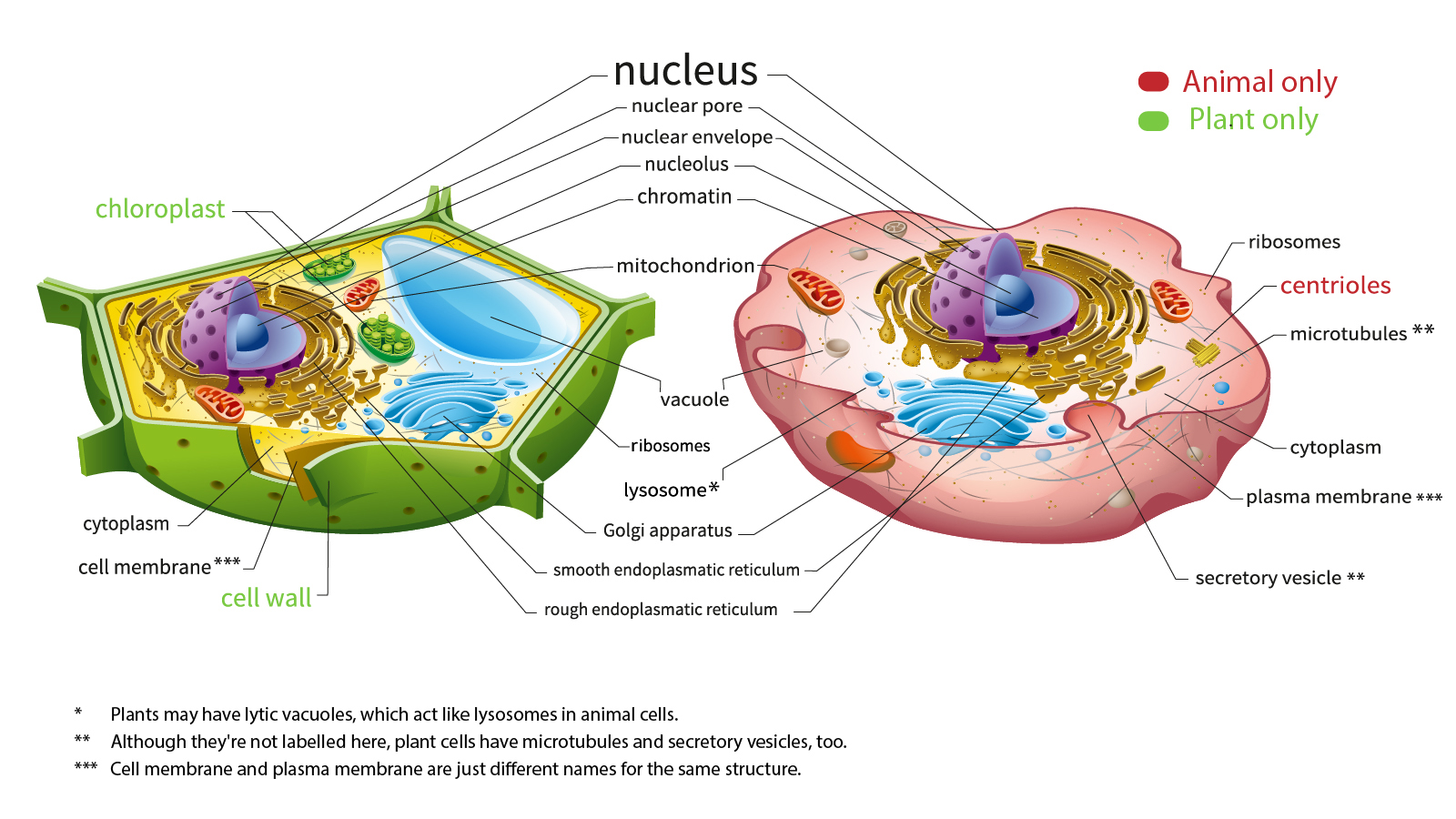
Kia Orana 10M1,
This week we will be looking at plant and animal cells and their functions. We will also start preparing for your CAT's by doing more scientific literacy readings.EXPLORE / TŪHURA learning intentions:
- We are EXPLORING by recognising the parts of a cell and their functions
Success Criteria: I can/have...
- Describe a plant cell
- Describe an animal cell
- Identify differences between plant and animal cells
- Create a Venn diagram comparing the two types of cells
Activities:
- Fill-in and label cell diagrams
- Microscope - observe plant /animal cell structures
- Scientific Literacy - Plant and Animal Cells
Homework:
Brainpop cell task assigned -
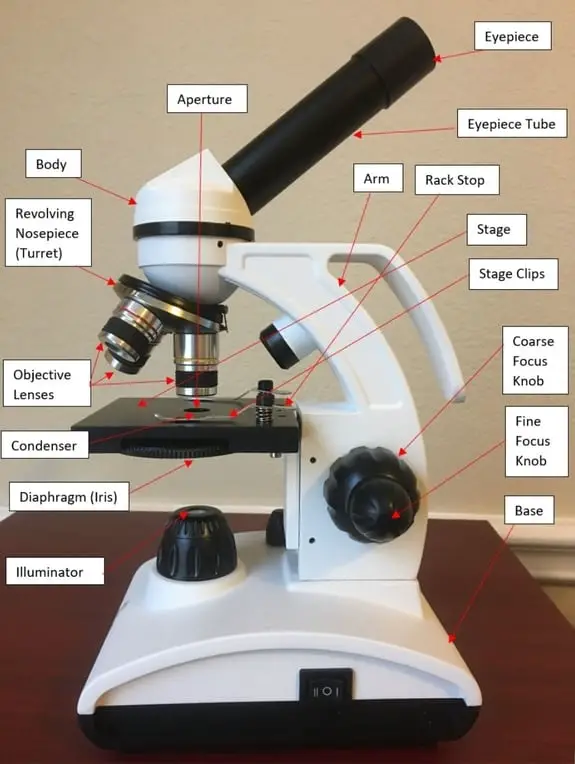
Kia Ora 10M1,
This week we will be revising the use of a microscope. This is an essential skill in science and will be useful for when we begin observing different specimens.
EXPLORE / TŪHURA learning intentions:
- We are EXPLORING Biology by naming the different parts of a microscope and giving their functions
- We are EXPLORING Biology by using a microscope to observe material and connect this to our learning
Success Criteria: I can/have...
- Name the different parts of a microscope and give their functions
- Outline the steps for proper focusing on material and observation with a microscope
Activities:
- Using a microscope to observe plant and animal cells
- Education perfect ( Scientific writing comparing plant and animal cells - skill useful for CAT assessment )
Homework:
Ed. perfect scientific writingScientific Literacy reading
-

Kia Ora koutou, we're back in lockdown for a week so for the next 7 days , I'd like you to focus on your own physical and mental health first.
In terms of work, we will be revising our learning from the last few weeks. The links to the activities you are doing are on the must do can do document. Please make sure you check these and complete them. ( We are revising our Scientific writing skills in preparation for CAT and comparing plant and animal cells (finish off by Friday )
Next week we will start looking at reproduction so if lockdown gets extended- I will send through instructions via googleclassroom and powerpoint slides. Zoom meetings will also be scheduled to brief you and have a quick catch-up)
A few tips to help make this transition at home with school work easier:
1. Set yourself a timetable or schedule and keep your routines as normal as possible. (Eg. try and follow your class routines so if you would normally have Science in Session 3 on a day - then work on science during this time, then move on to the subject you would normally have in the next session etc. )
2. Allow time in the day for some physical activity or down time. ( Eg. go for a walk with your family to your LOCAL park or within your neighbourhood)
3. Do what's best for you and your family, and most importantly stay safe and hopefully I'll see you all next week.
Stay safe and well in your bubbles.
Arohanui,
Ms. Katafono
-

Kia Ora ākonga,
This week we will be moving on to the Reproductive System. I have attached the powerpoint for the week on Google classroom , please make sure to go through this during our normal science sessions and complete the work set out for you.
Remember, although we are remotely learning this topic, I would still to create a safe space around this topic as I understand it can be difficult or embarrassing to discuss. If you have any questions or concerns that are appropriate and relevant to this context then please do not hesitate to email me:)
Week 5 lockdown work is outlined as follows:
Tuesday (Session 1) - We have our zoom meeting. You will start the topic with puberty, and specifically the hormones related to reproduction . Follow up activity on Brainpop 'Puberty'
Thursday (Session 5) - Slides 15-25 on the powerpoint. This will be on the structure and functions of the reproductive organs.
Friday (Focused Friday ) - Scientific Literacy reading. This is on Readworks. Code is on the powerpoint with instructions on how to access it. Please complete the article reading and answering the questions.
I have also put a link to last year's CAT exam. Make sure to attempt it so you are familiar with the structure and type of content you are likely to get this year. Submit it to me so I can give you feedback and you can see what areas you need to work on.
Any questions , feel free to email me
Arohanui,
Ms. Katafono
EXPLORE / TŪHURA learning intentions:
- We are EXPLORING Biology by recognising the functions of a plant and reproductive system
- We are EXPLORING Biology by connecting our understanding of the plant and reproductive system to how babies are created
-

Kia Ora ākonga,
This week we are moving on to the Menstrual Cycle ( Mate Marama ) . I have attached the powerpoint for the week on Google classroom , please make sure to go through this during our normal science sessions and complete the work set out for you. I have also added an additional slide on Te Āo Māori ( Māori view) on the topic.
Remember, although we are remotely learning this topic, I would still to create a safe space around this topic as I understand it can be difficult or embarrassing to discuss. If you have any questions or concerns that are appropriate and relevant to this context then please do not hesitate to email me:)
Week 6 lockdown work is outlined as follows:
Tuesday (Session 1) - We have our google meets. Quick revision on female reproductive parts, video on the cyle and 2 activities on Brainpop and Ed.Perfect ( choose 1 of these to complete)
Thursday (Session 5) - Slides 11-23 on the powerpoint. This will be on the breakdown of each stage in the menstrual cycle. Activity: You will complete the timeline sheet that is on google classroom.
Friday (Focused Friday ) - Menstrual Cycle Storyboard . Document is on G-classroom along with the slides.
I have also put a link to last year's CAT exam. Make sure to attempt it so you are familiar with the structure and type of content you are likely to get this year. Submit it to me so I can give you feedback and you can see what areas you need to work on.
Any questions , feel free to email me
Arohanui,
Ms. Katafono
EXPLORE / TŪHURA learning intentions:
- We are EXPLORING the human reproductive system by recognising the role of the menstrual cycle
-

Mālō e lelei 10M1.
This week I've paused adding new content. I would like you to look after your mental health, take a break from the screen, go out for a walk.
Use this week to catch-up on all the work that was given over the last few weeks, attempt the CAT assessment I posted on google classroom.
Next week we will continue as normal so use this opportunity to be kind to your mind.
Arohanui,
Ms. Katafono
-

Kia Ora ākonga,
This week we will be focusing on the genetic portion of our topic. The slides on google classroom are heavy in content which is why I have spread it over this week and next.
Plan for the 2 weeks is as follows:
Week 8:
1. Variation/Traits
2. DNA/Chromosomes
3. Intro to Mitosis and Meiosis
Week 9:
Mitosis and Meiosis contd.
Success Criteria: I can/have...
- Define genome, chromosome, gene and DNA
- Describe the structure of DNA
- Establish the number of chromosomes in different cell types.
- Explain the difference between mitosis and meiosis
Activities:
- DIY DNA model
- Readworks Scientific Literacy 'Variation of Traits'
Homework:
Ed.perfect 'Genetics Basic'FOCUS / ARONGA learning intentions:
- We are FOCUSING on describing what genetic traits and variation are so we can explain how variation occurs in individuals
- We are FOCUSING on identifying the different stages of cell division so we can compare the genetic differences we observe in individuals.
-

Kia Ora 10M1. This is the last week of school (yay you made it through lockdown !). This week we will look at how animals and plants inherit these traits. We will do an activity ' making monster babies' based on their genes which you will do in pairs.
Success Criteria: I can/have...
- Define what an allele is
- Understand the difference between dominant and recessive alleles.
- Know the definitions of: heterozygous, homozygous , genotype and phenotype
Activities:
- Brainpop ' Heredity ' Task assigned. Code and link on slides
- 'Making monster babies' activity explained during G-meets.
FOCUS / ARONGA learning intentions:
- We are FOCUSING on describing what genetic traits and variation are so we can explain how variation occurs in individuals
- We are FOCUSING on identifying the different stages of cell division so we can compare the genetic differences we observe in individuals.
-
Kia Ora and welcome back 10M1. Sadly we're still in lockdown so online learning continues. I hope you're all well and safe in your bubbles!
This term you will be moving into the Earth Space Science context. Similar to last term's structure, all Google meets and instructions for work will be provided on the must do can do document. All 3 sessions for the week will be on a google slide released on Google classroom 8.30am on the day of your 1st session for Science.
This week I have provided a range of activities for you to refresh your scientific reporting skills. Your assessment which I will explain on Thursday during our G-meet, is of an exploratory nature which means that you will be researching and providing your findings on the topic in a scientific report.
EXPLORE / TŪHURA learning intentions:
- We are EXPLORING how to Rangahau and decide on the most appropriate methods for collecting data.
- We are EXPLORING how to interpret data and display our findings from our research.
-

Kia Ora 10M1,
This week you are working on your Science Assessment. This is due on the 12th of November.
Please make sure to remember your data each day for at least 9 days. The template on your assessment document is there to guide you with the information you need to put on.
I will be answering any queries you may have during the google meet and this week we will look at graphs and how to plot your data and read the trends.
-
Kia Ora 10M1,
This week I have added some content to guide you with your assessment. 90 % of you have opted to track weather so I have added some resources on the slides for you to look at. This will also be useful for your Auckland passport - under the Science column you are to read a weather report. You can use this information from your assessment in here as well.
Success Criteria: I can/have...
- Understand how to read a weather map
- Define temperature and pressure
- Describe how temperature and pressure change in different layers of the Earth.
Activities:
- Finishing off assessments, reading a weather map, completing Auckland Passport activities
- Scientific Literacy Activities ( please note - for those doing the Science CAT, there is an additional article for you to complete )
FOCUS / ARONGA learning intentions:
- We are FOCUSING on how to read weather maps for our local neighbourhood
- We are FOCUSING on explaining the role that temperature and pressure have on our weather
-

Kia Ora 10M1,
This week we will be looking at the rock cycle. We started with the atmosphere and reading weather maps, now we will look at our Earth's interior the different types of rocks and how they move through the different stages of the rock cycle.
This will also work along side your Auckland Passport and as you complete the activities for this week, you can also complete the last 2 sections under science ( identifying rocks, and naming the 52 volcanoes )
Success Criteria: I can/have...
- Identify the different types of rocks (igneous , sedimentary and metamorphic)
- Gain an understanding of how rocks can move through the different stages of the rock cycle.
Activities:
- Identify the rocks in your local neighborhood - you can also do this if you visit one of the dormant volcano sites within Auckland
- Maungawhau | Mt Eden.
- Rangitoto.
- Ohinerau | Mt Hobson.
- Pukekawa | Auckland Domain.
- Maungakiekie | One Tree Hill.
- Maungauika | North Head.
- Māngere Mountain.
- Motukorea | Browns Island.
- Rock cycle activity here - the worksheet is also attached on your slides on GC.
-
Kia Ora 10M1,
This week we will be moving into volcanic eruptions and focusing on why there are different types of volcanic eruptions.
Google slides will be scheduled to released during session 1 at 8.30am on Google classroom.
Plan for the week is as follows:
Session 1: Brief re-cap on the rock cycle, followed by brain pop activity
Session 2: Intro into volcanoes and magma
Session 3 : Scientific Literacy
Success Criteria: I can/have...
- understand how different types of magma cause different types of volcanic eruptions
Activities:
- Brainpop
- Scientific Literacy
FOCUS / ARONGA learning intentions:
- We are FOCUSING on volcanoes and explaining why different volcanoes erupt differently
